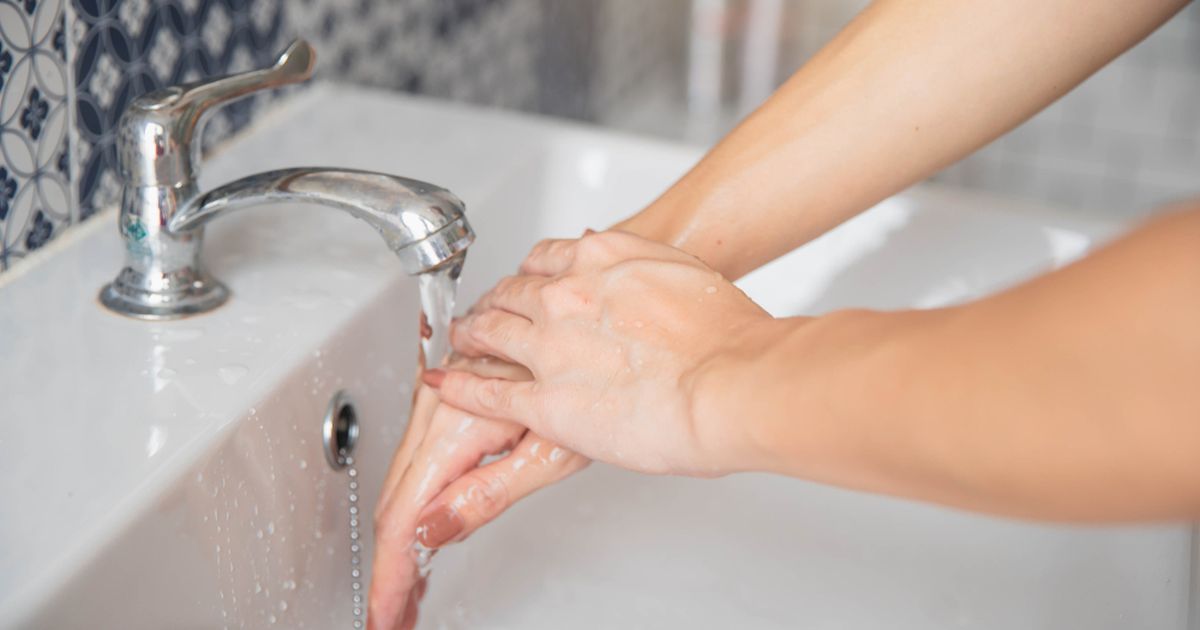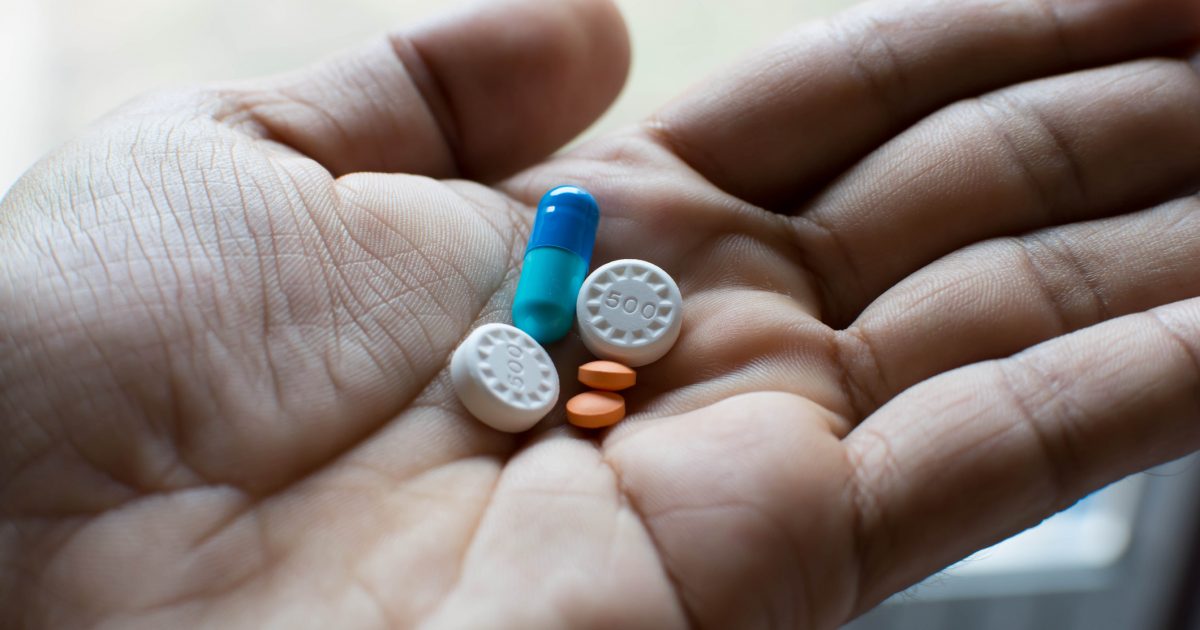Methods Of Treating And Preventing Paronychia
Paronychia is a name that can make anyone think they're dying of a terminal illness. However, paronychia is simply an infection of the soft tissue surrounding the fingernail. This is an infrequent infection unless an individual has a compromised immune system. When it does occur, it's due to bacteria, yeast, or both infecting the soft tissue.Bacteria can be introduced to the soft tissue in a number of different ways and, depending on the type of bacteria that infects the tissue, a treatment option will be recommended. The following slides discuss the most common treatments for paronychia.
Soak In Warm Water

Letting the affected area soak in warm water is almost like a preparation stage for the real treatment, that is, of course, unless soaking it makes the infection go away, which is possible. This is often the first treatment for paronychia and patients can do this at home before they even see a doctor. Individuals should soak the affected area in warm water for about fifteen minutes, two to four times a day. If the condition doesn't get better or if pus develops, patients will need to contact a doctor for further treatment.
The pus must be drained from the infection to fully treat persistent paronychia. If individuals don't see any pus, soaking the infected area in warm water can stimulate the infection and causes the pus to rise to the surface. Then they can deal with treating the infected area for the pus.
Antibiotics For Infection

Depending on how severe the case of paronychia is, antibiotics for infection may be prescribed by a doctor. If a fungus causes the paronychia, the patient will definitely get antibiotic treatment. Another reason for antibiotic treatment is if the patient has diabetes because this can compromise the immune system. The antibiotic will usually be in the form of an oral treatment, though it may sometimes be an ointment or cream. Antistaphylococcal penicillin, TMP/SMX, and cephalosporin are a few antibiotics that may be used to treat the condition.
